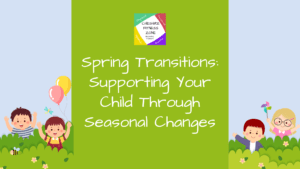The traditional speech therapy has its share of limitations. However, that does not mean that it is no longer usable if you’re trying to help someone improve their ability to communicate. Instead, a little adjustment can take you a long way.
Utilize technology
In terms of speech, it is relatively easy to teach people how to say the sounds of ‘m’, ‘b’, ‘v’ and ‘p’. The therapist could elaborately pronounce these alphabet sounds, enabling the person under therapy to imitate them and compare their lip structure using a mirror. However, more challenging sounds like ‘ch’, ‘sh’ and ‘s’ cannot be tackled with this method. It involves the more complex movement of the tongue which has to happen behind the teeth, thus rendering it unobservable from the outside.
It is said that the ‘r’ sound is one of the most difficult sounds to make, and many advanced children still struggle with it. To tackle this, one has to be open-minded enough to use new technology. Since conventional speech therapy is limited, one could resort to more advanced methods. Many therapists and researchers today support the utilization of ultrasound probe or ultrasound biofeedback in this area. By using this technology, people can see and imitate even the movements of the tongue, something which traditional speech therapy can’t do. Although it may seem like an unlikely tool, it is indeed effective!
24/7 application of therapy
Especially if you’re a parental speech therapist, don’t just make sure your child practices the sounds during therapy, and then forget all about it outside therapy. Whenever you’ve got the time, when you hear them making mistakes in their pronunciation, make it a point to correct them there and then, and have them say the whole sentence again. You can also use the reward system, which is widely agreed to be effective among children. When they are requesting something from you, only grant them what they want if they speak in full sentences. This trains their pronunciation and intelligible vocal speech to craft out understandable sentences.
Working on independence
Speech therapy is most effective at the toddler age. This is the problem: The demand for speech therapists far exceeds the supply, and this makes many children with speech impediment suffer waiting lists. By the time he can have a therapist, the child might already be pass that most effective age. This makes it harder to drill in the techniques. Some children can even get very frustrated with their speech that they’d act out if people don’t understand them. Hence, to tackle this, most helpers or even the children themselves can resort to independent-learning resources.
Although most of these resources are not as effective as a professional speech therapist, it can act as a substitute while the child is under the waiting list so that once the child has a therapist, he or she can already have some knowledge or foundation. This can make it easier for them to grow under therapy, even if they are not receiving it at the most ideal age. One example of such resource would be the ReaDySpeech, a very personalized and tailored mobile application to improve speech in individuals.
The speech therapy industry is not perfect, and hence there are many new ways being invented to help people improve their ability to communicate at the most appropriate age. It’d be very useful to tap into these inventions and ideas to maximize all resources to help these people.



